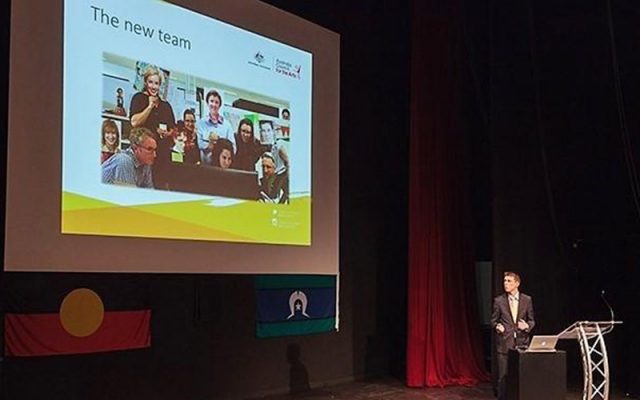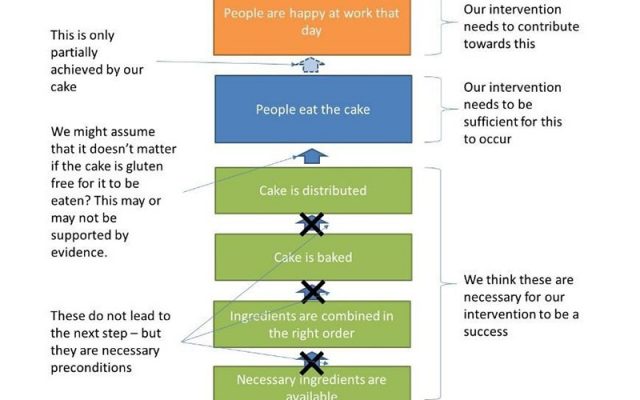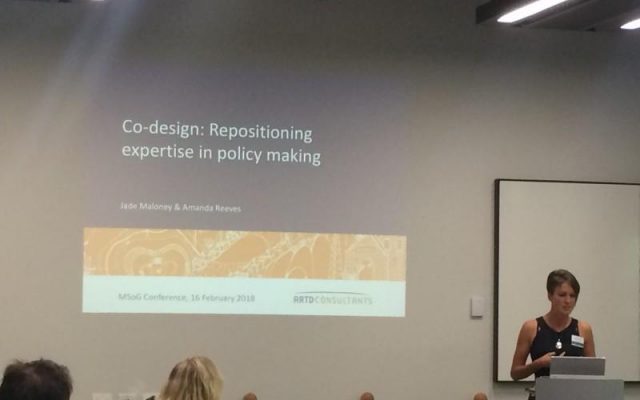ARTD’s Independent Review of Special Religious Education (SRE) and Special Education in Ethics (SEE) in NSW has been released
In 2014, the NSW Department of Education commissioned an independent review of the implementation of SRE and SEE classes in NSW Government schools ‘to examine the implementation of SRE and SEE and report on the performance of the Department, schools and providers’. The Review was commissioned in response to Recommendation 14 of the Legislative Council General Response Standing Committee No. 2: Report No. 38 Education Amendment (Ethics Classes Repeal) Bill 2011 (May 2012) which also specified areas for the review to cover. These became the basis of the Terms of Reference:
- The nature and extent of SRE and SEE
- Department of Education implementation procedures for SRE and SEE including: parent/ carer choice through the enrolment process and opting out; approval of SRE and SEE providers by DoE; authorisation of volunteer teachers and curriculum by providers
- Development of complaints procedures and protocols
- SRE and SEE providers’ training structures
- Registration of SRE and SEE Boards, Associations and Committees
- New modes and patterns of delivery using technology
- Pedagogy, relevance, age appropriateness of teaching and learning across all Years K to 10 and teaching and learning in SEE in Years K to 6 in a variety of demographics
- The need for annual confirmation by parents and caregivers on SRE choice or opting out
- Review of activities and level of supervision for students who do not attend SRE or SEE.
The Review examined the implementation of SRE and SEE in NSW Government schools between December 2014 and September 2015. This report outlines findings related to each Term of Reference and makes recommendations. Because SRE and SEE are quite distinct, they are dealt with separately throughout this report. In the current context, there are polarised views in the community about the place of SRE or SEE in NSW Government schools. While the continuation of SRE or SEE in NSW Government schools is out of scope of this Review, this was a concern for many people and influenced responses to the Review.
Review methodology
The Review used a comprehensive mix of methods to collect quantitative data across all schools, and the wider community, as well as in-depth and qualitative data from key stakeholders. The methods were chosen to allow all interested stakeholders and the community the opportunity to present their views so that the findings and recommendations are based on a systematic and balanced assessment. Evidence was reviewed and data collected between December 2014 and September 2015.
The main methods for the Review were:
- Document scan. Departmental and provider documents/ websites were reviewed, including the 2014 and 2015 SRE and SEE policy and implementation procedures, and the websites of all current providers in December 2014 for their SRE or SEE curriculum scope and sequence documents and outlines.
- Curriculum review. An experienced education expert conducted a systematic criterion-based assessment of curriculum materials, based on materials from current SRE providers and the current SEE provider.
- Consultations
- Surveys and interviews. Systematic data were collected via surveys of key stakeholder groups. Opportunity to respond was offered to all principals (46% response rate), all SRE and SEE providers (80% response rate), all providers’ SRE coordinators (60% response rate) and all SEE coordinators (48% response rate). SRE and SEE teachers contributed via an online portal. These data were complemented by semi-structured interviews with members of the program evaluation reference group, and with peak provider, education and other relevant groups.
- Cases studies. To examine how SRE and SEE is delivered in schools at the local level, the Reviewers undertook 14 case studies involving 12 SRE providers from 11 faith groups; and two case studies of the delivery of SEE. The case studies used faceto-face interviews with coordinators, teachers, principals, and other stakeholders. They were effective in telling the story of local delivery in very different contexts.
- Online community consultation. To collect perspectives from the broader community under the Terms of Reference, online contribution portals for parents/ caregivers; and other interested parties were set up and accessible for six months. The Review received over 10,000 responses, reflecting the high level of interest in sections of the community. The Reviewers recognise that while the responses reflect significant issues for those who responded, to some degree they reflect the two polarised positions in the community around SRE and SEE, and cannot be considered as representative of the whole NSW community. Indeed, the Reviewers are aware that some groups were active in encouraging their constituents to contribute, and in some cases suggested wording.
Confidence in the findings
Overall, the Reviewers are confident that the findings from these methods reflect the broad patterns of implementation of SRE and SEE and provide a sound basis for addressing the Terms of Reference and making suitable recommendations. The methods were implemented effectively and there was a high degree of consistency between the wider findings from the surveys; the interviews/ group discussions with significant stakeholders; and the on-ground findings from the local case studies. The data from the online contribution portals is less balanced and has been used with caution, but it is generally not inconsistent with the other methods, and has been useful in raising issues.
The Review made fifty-six recommendations, based on the evidence presented in the report.
You can access the full report on the Department of Education website using this link.
The release of the Review and the NSW Government’s response was reported in The Guardian, The Sydney Morning Herald, The Australian and the Daily Telegraph.




